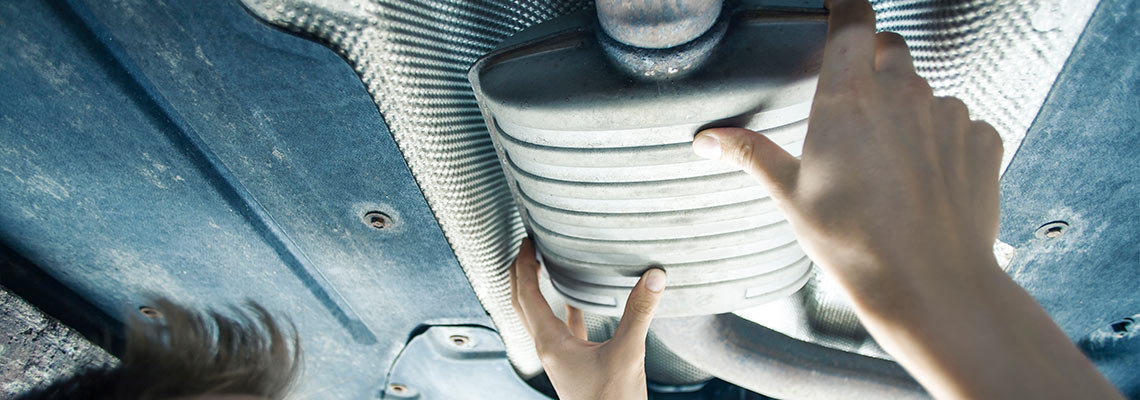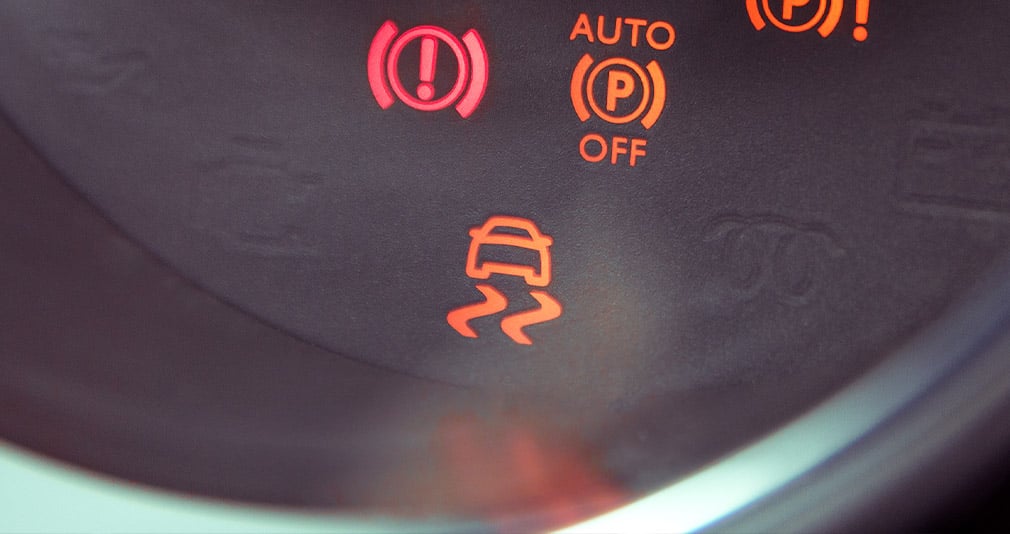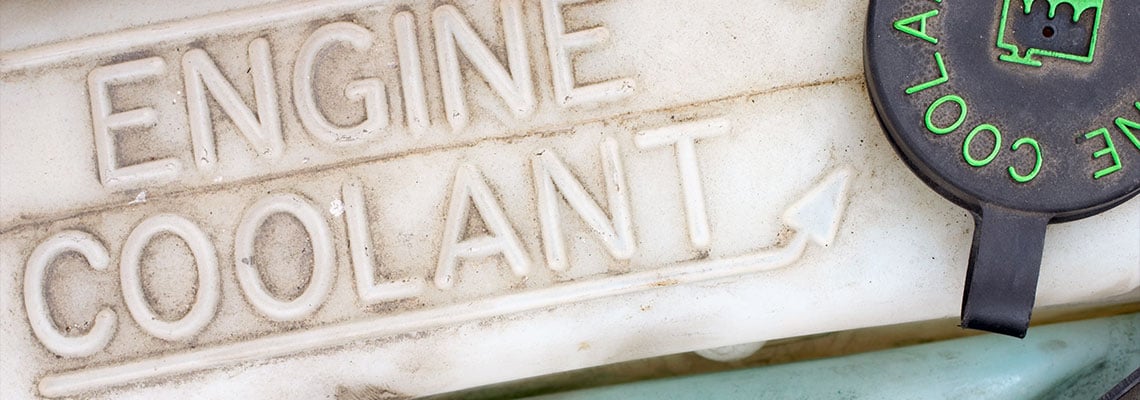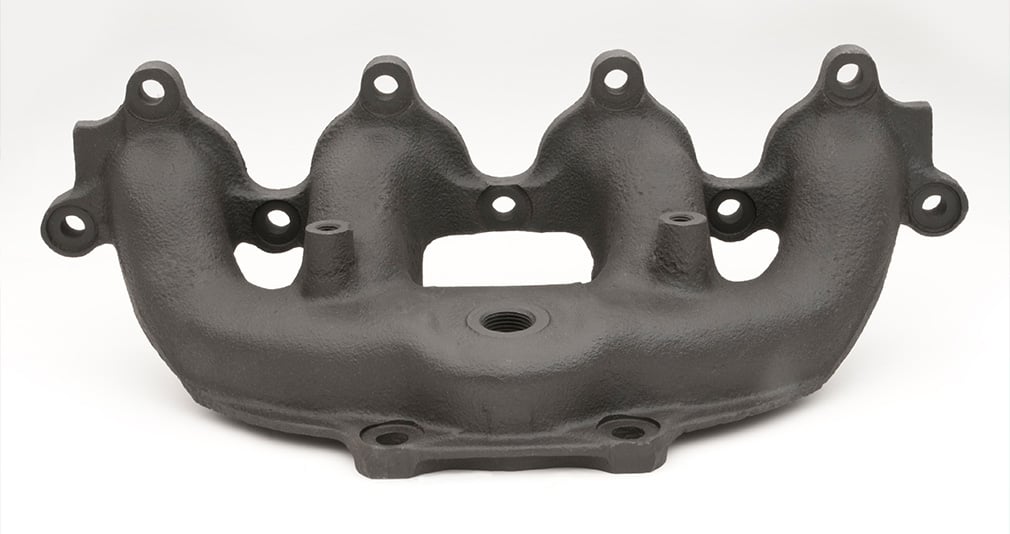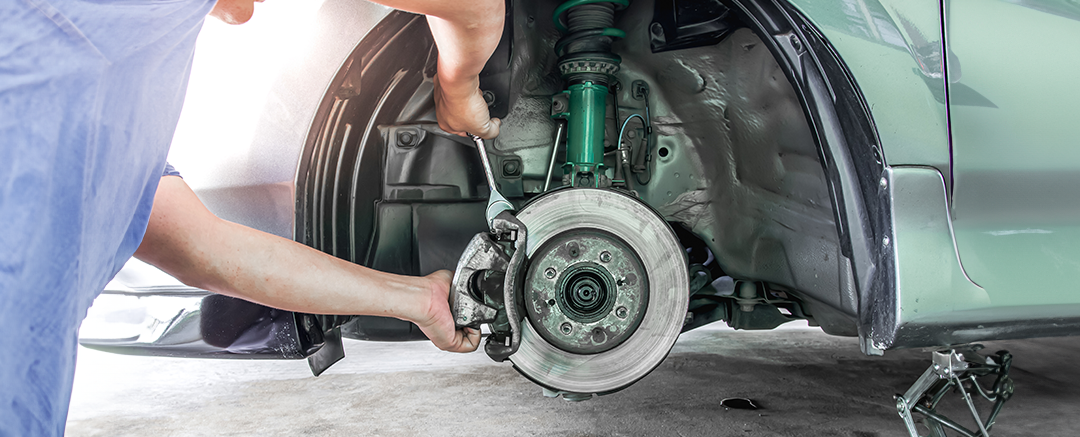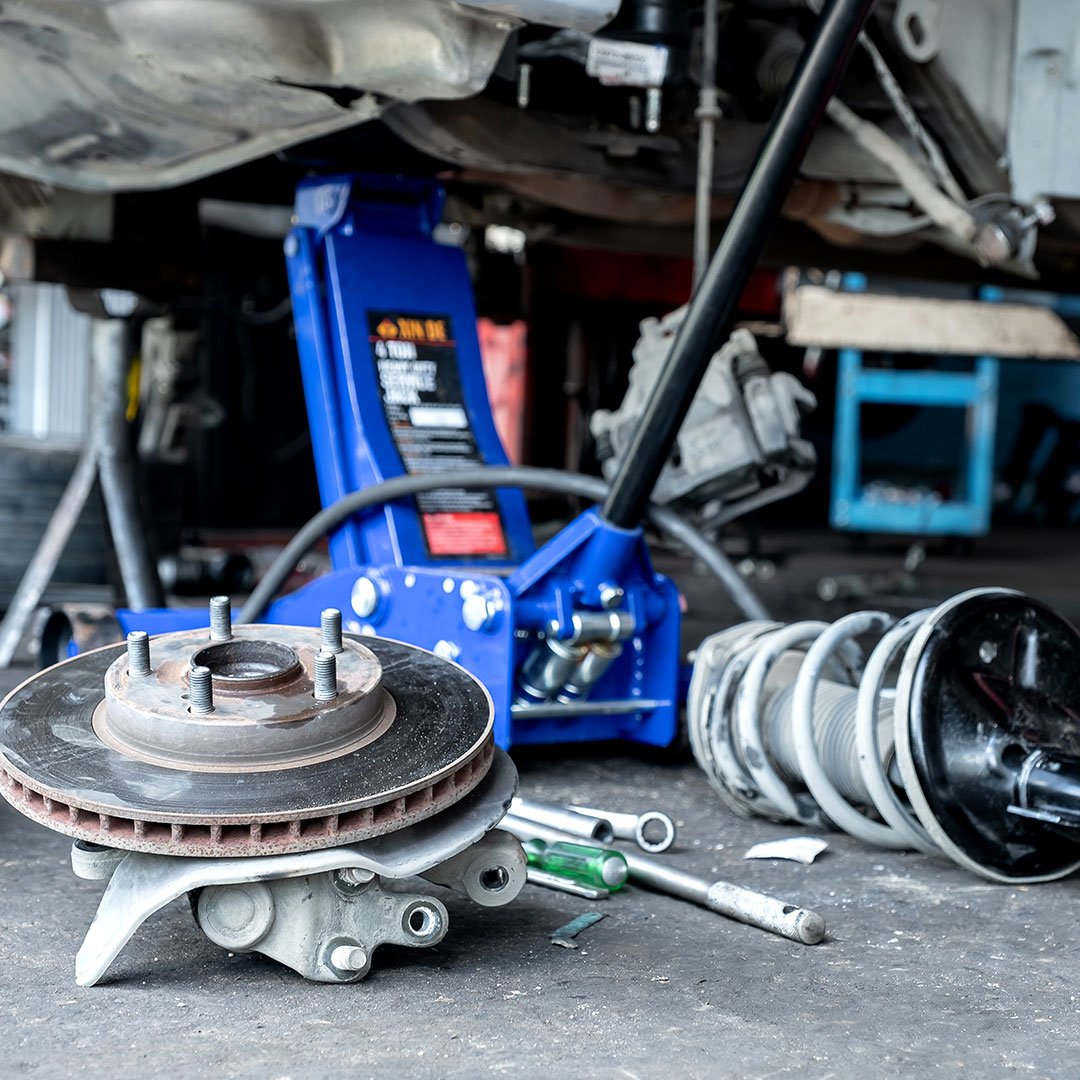Air quality is a major concern for automakers and drivers alike, which is why a catalytic converter plays such an essential role in modern vehicles. This metal canister installed inside the exhaust system helps reduce air pollution by converting harmful elements into safer emissions that are released through your car’s exhaust. Catalytic converter replacement is usually expensive because the metals it requires for this conversion process — palladium, rhodium and platinum — are quite pricey. Catalytic converter repair is a great way to save money and still keep your car running well, but it requires you to catch the problem early.
The average catalytic converter is designed to last about 100,000 miles, so if your car is nearing six figures on the odometer, chances are you need to give some thought to your catalytic converter. A clogged or damaged catalytic converter can lead to engine failure, so you want to always make sure yours is up to the task and learn what to look for to know if yours might be going bad.
How Catalytic Converters Work
Catalytic converters were first created to control emissions in smoke stacks, but when air pollution regulations began being implemented in the 1970s, catalytic converters became essential components in automobiles. The combustion that has to take place inside the car’s engine in order for it to start comes with some potentially harmful side effects. Why? It creates a dangerous trio of burnt gases that are released in exhaust fumes: carbon monoxide, nitrogen oxides and hydrocarbons.
The catalytic converter’s job is to convert those gases into less harmful elements before they’re released into the atmosphere. Today’s catalytic converters are so reliable and efficient that they convert an estimated 90 percent of carbon monoxide, nitrogen oxides and hydrocarbons into less harmful compounds.
When catalytic converters begin to fail, there are certain tell-tale warning signs. Here are five signs that your catalytic converter might need to be checked out:
- Rattling sounds under the vehicle. This happens when a catalytic converter has been damaged. It can be the result of age or could come from the type of fuel mixtures used in the vehicle. The rattle is the result of the mesh inside the converter deteriorating, and it is more noticeable when the engine is first turned over.
- Check engine light comes on. There are many different reasons that the check engine light comes on, but when the air-fuel ratio sensor and oxygen sensor notice there’s a problem, it will activate the light. (Your mechanic can scan the vehicle for trouble codes to verify where the problem is.)
- Diminished engine performance. This is often one of the early signs of a catalytic converter going bad, so paying attention to how your car is performing is a great way to catch the problem early. Some of the first things you might notice are reduced power, slower acceleration and poor fuel economy.
- Smell of sulfur from the exhaust. Gasoline contains sulfur, and during the combustion process, that becomes hydrogen sulfide, which the catalytic converter then converts into sulfur dioxide — which is completely odorless. However, when a catalytic converter is failing, it leaves unburnt fuel in the exhaust that has a smell very similar to rotten eggs.
- Car doesn’t pass emissions test. The state of Ohio requires cars registered in qualified counties to pass an emissions test every two years, but if it has a faulty catalytic converter, that will show up during the diagnostic test.
Does Your Catalytic Converter Need Cleaned, Repaired or Replaced?
In some instances, the problem might be as simple as a clogged catalytic converter, in which case the solution could be to have your mechanic clean it. Removing and cleaning the catalytic converter with a pressure washer can get rid of contaminants that have accumulated and can dissolve deposits that may have built up inside it. This can be done either by a trained service professional or, if you’ve worked extensively on cars, you might be able to do it yourself.
Another way to clean out the catalytic converter is through the use of a liquid catalytic converter cleaner that can help get rid of particles might have built up inside it.
Sometimes, other types of exhaust system repairs are needed, as there may be an issue other than the catalytic converter that’s causing a false diagnostics reading. This could include a leak in the exhaust system, which can throw off the oxygen sensor readings, or worn exhaust gaskets that affect the function of the catalytic converter — but are much less expensive to replace.
Always keep in mind that if the catalytic converter is damaged, cleaning it won’t be enough, so you’ll need to make sure that you know the true cause of the problem before you take action.
How to Avoid Catalytic Converter Problems
As with all car problems, preventing them before they arise is always the best plan.
If your engine is misfiring, or if your coolant is burning, it could lead to problems in the catalytic converter. Fixing those problems before they cause permanent damage to the catalytic converter will save lots of money and headaches down the road. Here are three ways to do that:
1. Keeping up with regularly scheduled maintenance visits will help find any problems that could lead to a damaged catalytic converter; that’s also why you should not ignore the check engine light when it comes on. Always take it in for diagnostics as quickly as possible to double-check the source of the problem.
2. You can also improve the performance of your catalytic converter by changing the spark plugs when your vehicle reaches 50,000 miles, since worn or damaged plugs can lead to excessive carbon build-up.
3. Driving your car at highway speed for at least 20 minutes once a week will also help the engine reach proper operating temperature and burn off deposits that might have collected in the exhaust system and catalytic converter.
Catalytic converters must be replaced if damaged, but if you’re having signs of a faulty converter, don’t panic. A quick visit to your mechanic for a look at your exhaust system will tell you what you need to do to keep your car running properly.
If you want to save big on catalytic converter repairs, make sure to check out our discounts and coupons page below where we are always showcasing our latest downloadable deals to redeem on your next visit!

